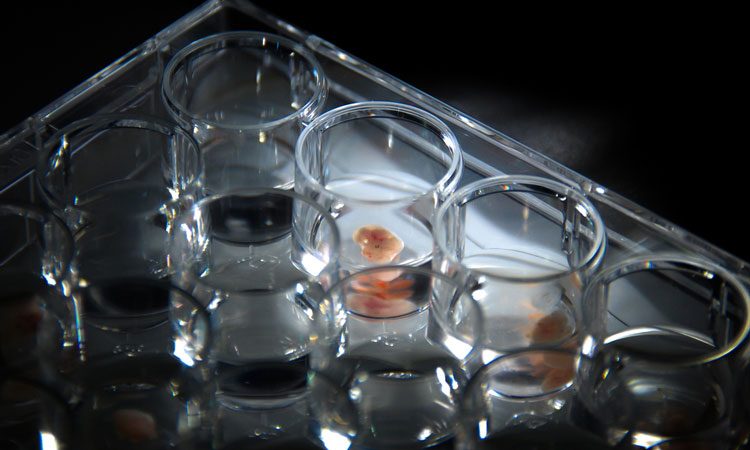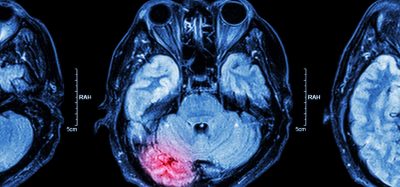Chemical tags make differences in cell fate and gene expression
Posted: 18 January 2019 | Iqra Farooq (Drug Target Review) | No comments yet
Scientists from Spain have identified the specific roles of chemical tags in mammalian development and cancer in controlling genes…


Scientists at the Centre for Genomic Regulation in Spain have uncovered the role of chemical ‘tags’ in controlling genes involved in mammalian development.
The research was led by Professor Luciano Di Croce and Professor Marc Marti-Renom, and focused on genes known as bivalent promoters; two-way genetic control witches, which either turn on or off. They turn on in early development to rapidly drive high levels of gene activity, or switch off to shut down the gene completely. These genes play essential roles, with the switches allowing cells to make decisions quickly by ‘flipping’ into the correct pattern of gene activity.
As well as being involved in embryonic development, the genes can also be involved with cancer.
Opposing types of chemical tags, known as histone modifications, are present of these two-way switches. One set involved in gene activation, while the other is associated with gene silencing.
MLL2, a molecule that puts active tags into place, was removed from mouse embryonic stem cells by the researchers using genetic engineering.
The researchers also removed all histone modifications from the bivalent gene switches, leaving only the silencing tags and associated Polycomb proteins. Polycomb proteins also play a large role in the human carcinogenesis and cancer development and progression.
The team found that these modified cells were no longer able to grow into embryoid bodies – the tiny clumps of cells that go through some of the early processes seen in early development. The researchers also found that any important developmental genes were not activated when they should have been.
“We found that changing the balance of histone modifications at these promoters had profound effects on the activity of these vital genes,” explained Prof Di Croce.
After looking into the three-dimensional organisation of the genome, the scientists found that the bivalent genes had been relocated to regions ordinarily associated with inactive genes.
“Genes that should normally be active have been packed away in areas that contain silent genes that are not normally needed in these cells – it’s the genetic equivalent of putting things away in the basement if you don’t need them anymore,” said Prof Marti-Renom, group leader at the Centro Nacional de Análisis Genómico of the Centre for Genomic Regulation (CNAG-CRG).
The findings of the study indicate the earliest points in development when cells are quickly making decisions about what to do in order to build an embryo, with the understanding of what might have gone wrong when development fails – or in diseases involving disrupted gene activity, such as cancer.
The researchers published their findings in Nature Genetics.
Related topics
Disease Research, Label-Free, Research & Development
Related conditions
Cancer
Related organisations
Centre for Genomic Regulation
Related people
Professor Luciano Di Croce, Professor Marc Marti-Renom







